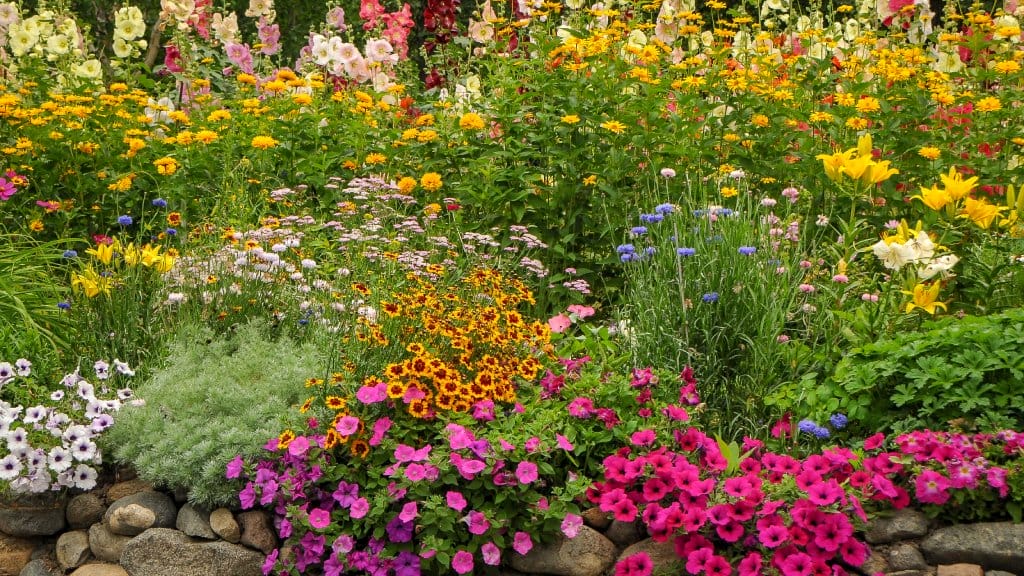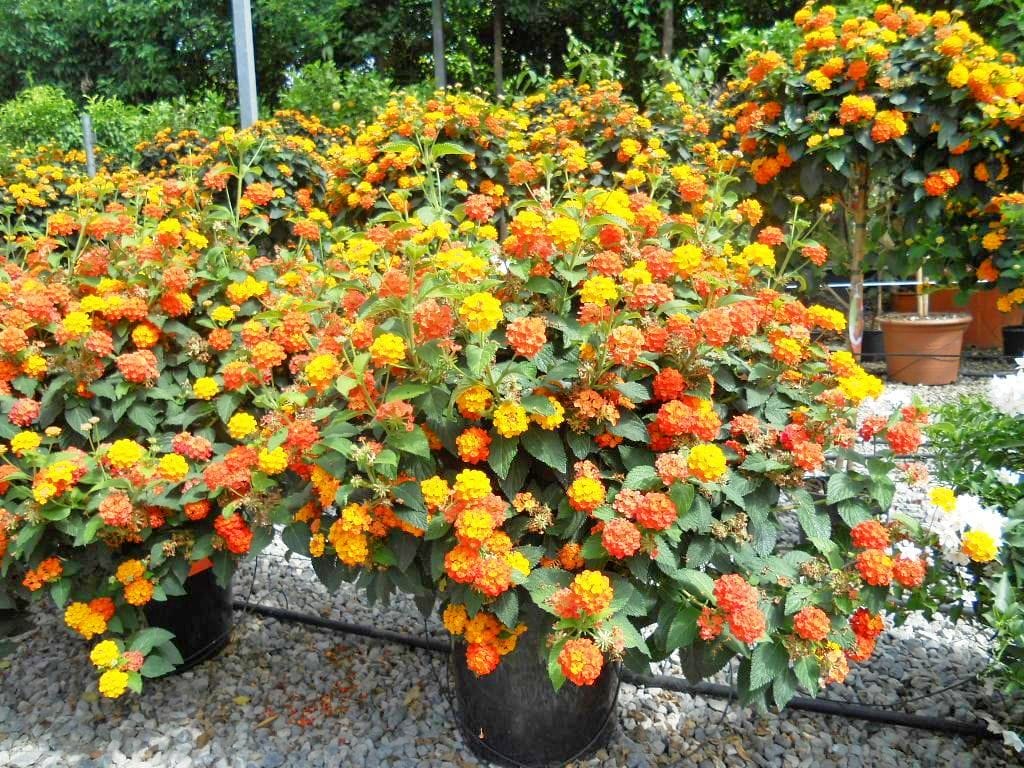The Rise of ‘Chaos Gardening’ in Austin: Embracing Natural Landscapes
By Innovation Grounds
In the heart of Austin, where the urban sprawl meets the beauty of Texas Hill Country, a new gardening movement is taking root—literally. It’s called chaos gardening, and it’s revolutionizing the way Austinites approach landscaping. In a city known for its eclectic style and environmental consciousness, chaos gardening is the perfect fusion of wild, untamed nature and sustainable, eco-friendly practices. Here’s a closer look at this growing trend and how it’s transforming the Austin landscape.
What is Chaos Gardening?
Chaos gardening is a concept that shifts away from the structured, manicured lawns that have traditionally defined residential landscapes. Instead of rigid rows of plants, precisely placed flowers, or neatly trimmed hedges, chaos gardening embraces the beauty of randomness, allowing nature to take its own course. It’s a holistic approach that encourages biodiversity, fosters local wildlife, and promotes sustainable practices, all while creating visually dynamic outdoor spaces.
In a chaotic garden, you’ll see an organic blend of wildflowers, native grasses, shrubs, and trees—plants that might seem to grow haphazardly, but actually create a harmonious, natural environment. The focus is on natural landscaping, a method that works with, rather than against, the local ecosystem.
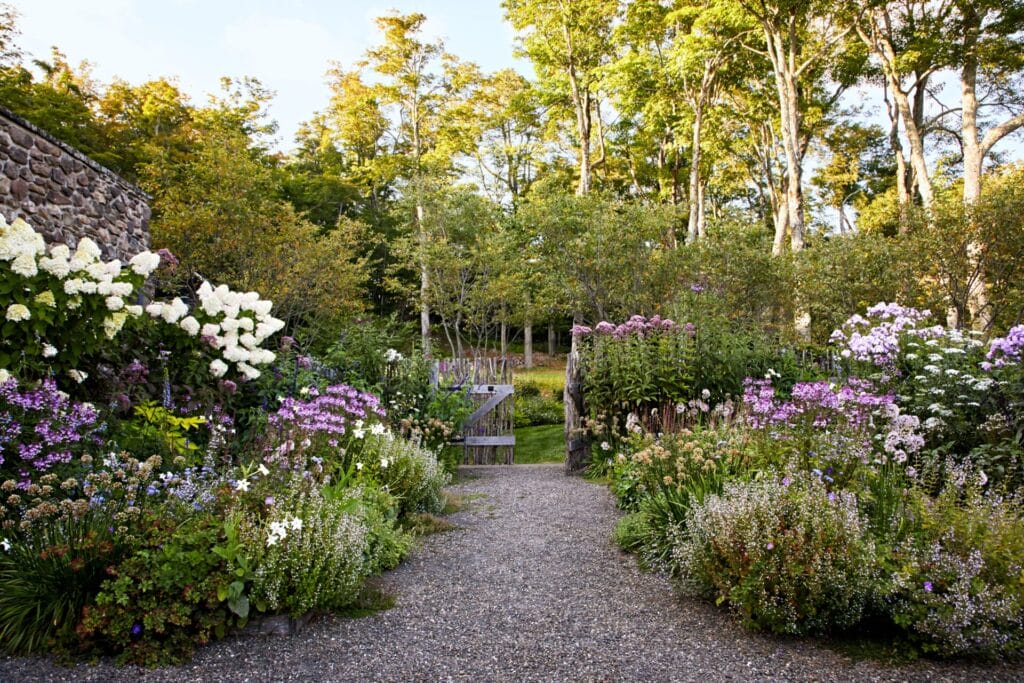
Why Chaos Gardening is Gaining Popularity in Austin
Austin has long been a hub for green initiatives and sustainability, so it’s no surprise that the city is embracing chaos gardening. With a climate that can vary from hot and dry to lush and rainy, gardeners here are beginning to favor drought-tolerant, native plants that thrive in local conditions over water-guzzling, non-native species.
Chaos gardening appeals to those who want to create a landscape that doesn’t require constant attention or excessive resources. Unlike traditional landscaping, which often demands regular watering, mowing, and chemical treatments, chaos gardening promotes a low-maintenance, self-sustaining ecosystem. This approach helps conserve water, reduces lawn care costs, and creates habitats for beneficial insects, birds, and pollinators.
Additionally, Austin residents are increasingly recognizing the importance of supporting native plants that are well-adapted to the region’s climate. Wildflower gardens, in particular, have become a popular feature in chaos gardening, offering not only a burst of color but also attracting local pollinators like bees, butterflies, and hummingbirds.
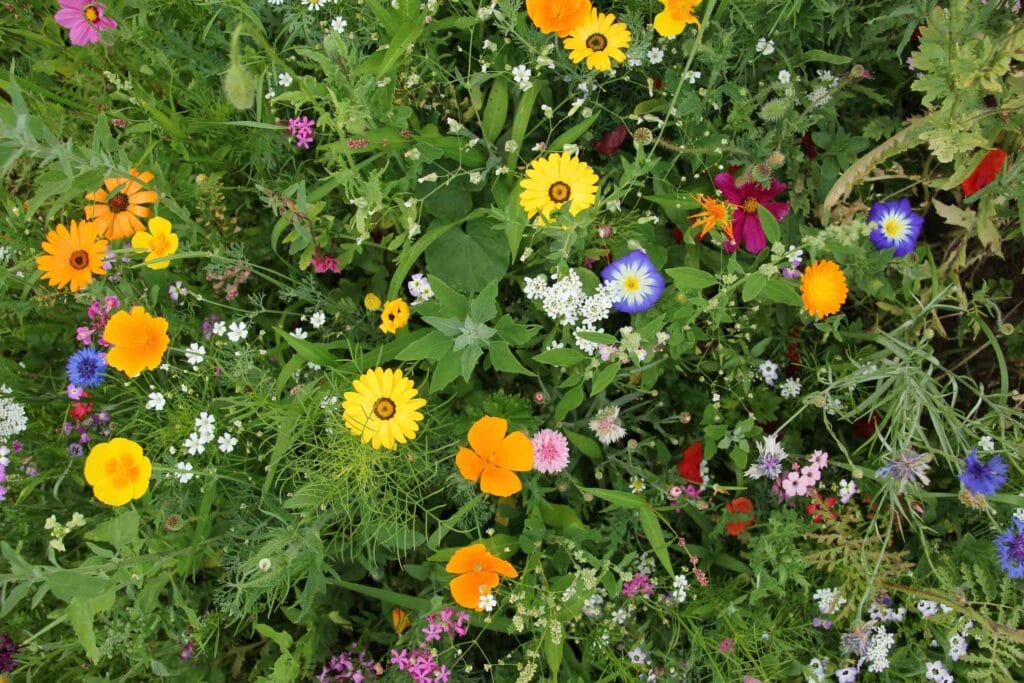
Benefits of Natural Landscaping in Austin
The natural landscapes of Austin are diverse and beautiful, with sprawling meadows, wooded hills, and winding streams. Chaos gardening draws inspiration from these landscapes and aims to replicate the local ecosystem in residential backyards. There are several reasons why this approach to gardening is gaining momentum:
Biodiversity: Chaos gardening encourages a mix of plant species that support a variety of wildlife. By including wildflowers, grasses, and native shrubs, gardens can become vibrant ecosystems that foster local biodiversity.
Water Conservation: With Texas’ frequent droughts, Austin residents are increasingly looking for water-saving gardening solutions. Native plants are more drought-tolerant and require less water, making them perfect for the chaos gardening philosophy.
Low Maintenance: Traditional landscaping often demands ongoing maintenance like mowing, trimming, and fertilizing. Chaos gardens, on the other hand, require minimal intervention once established. Natural processes such as seed dispersal and natural pest control take over, allowing the garden to grow freely.
Aesthetic Appeal: Chaos gardening isn’t about letting a garden fall into disarray—it’s about creating a relaxed, flowing environment that feels both wild and intentional. The varying heights, textures, and colors of plants create an aesthetic that’s both stunning and serene, with the added benefit of being eco-friendly.
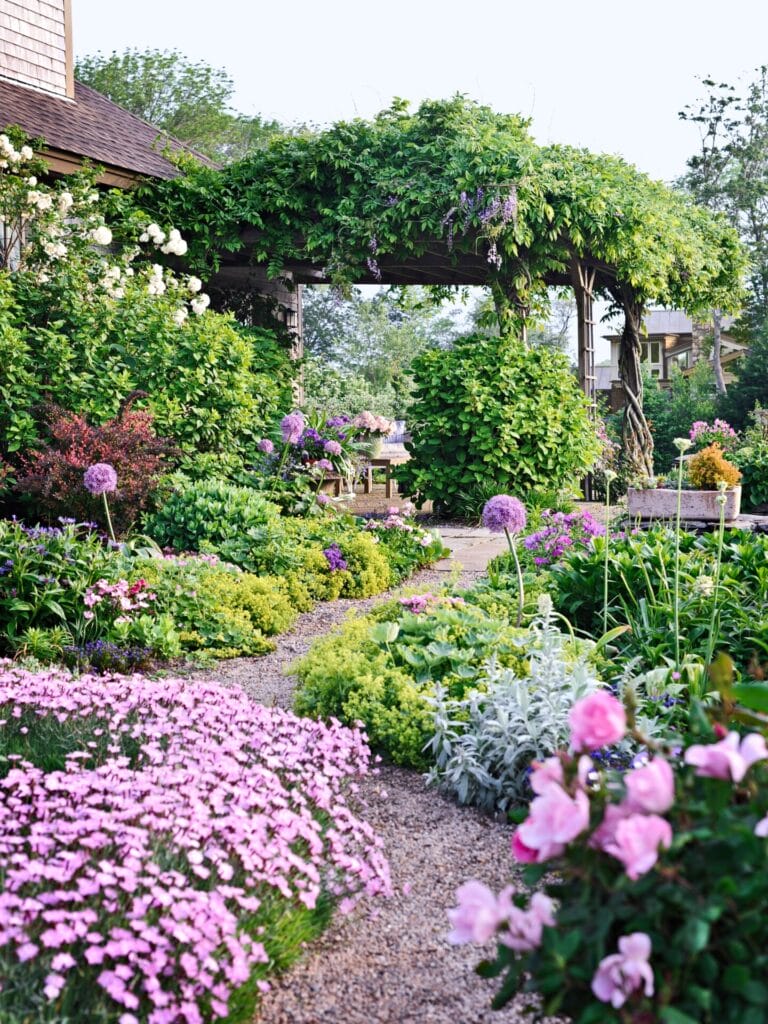
Creating Wildflower Gardens in Your Backyard
One of the key features of chaos gardening is the inclusion of wildflower gardens. These native beauties are perfect for Austin’s environment and offer a visually striking, environmentally beneficial addition to any garden. To start, choose a mix of Texas wildflowers that will bloom at different times of the year, ensuring your garden has color throughout the seasons. Some favorites include bluebonnets, Indian paintbrushes, and Black-eyed Susans.
When planting a wildflower garden, it’s important to prepare the soil properly by removing weeds and loosening the soil. After sowing seeds, allow nature to take its course—avoid overwatering or using chemicals. Over time, the garden will thrive with minimal intervention, and you’ll enjoy a flourishing haven for pollinators.
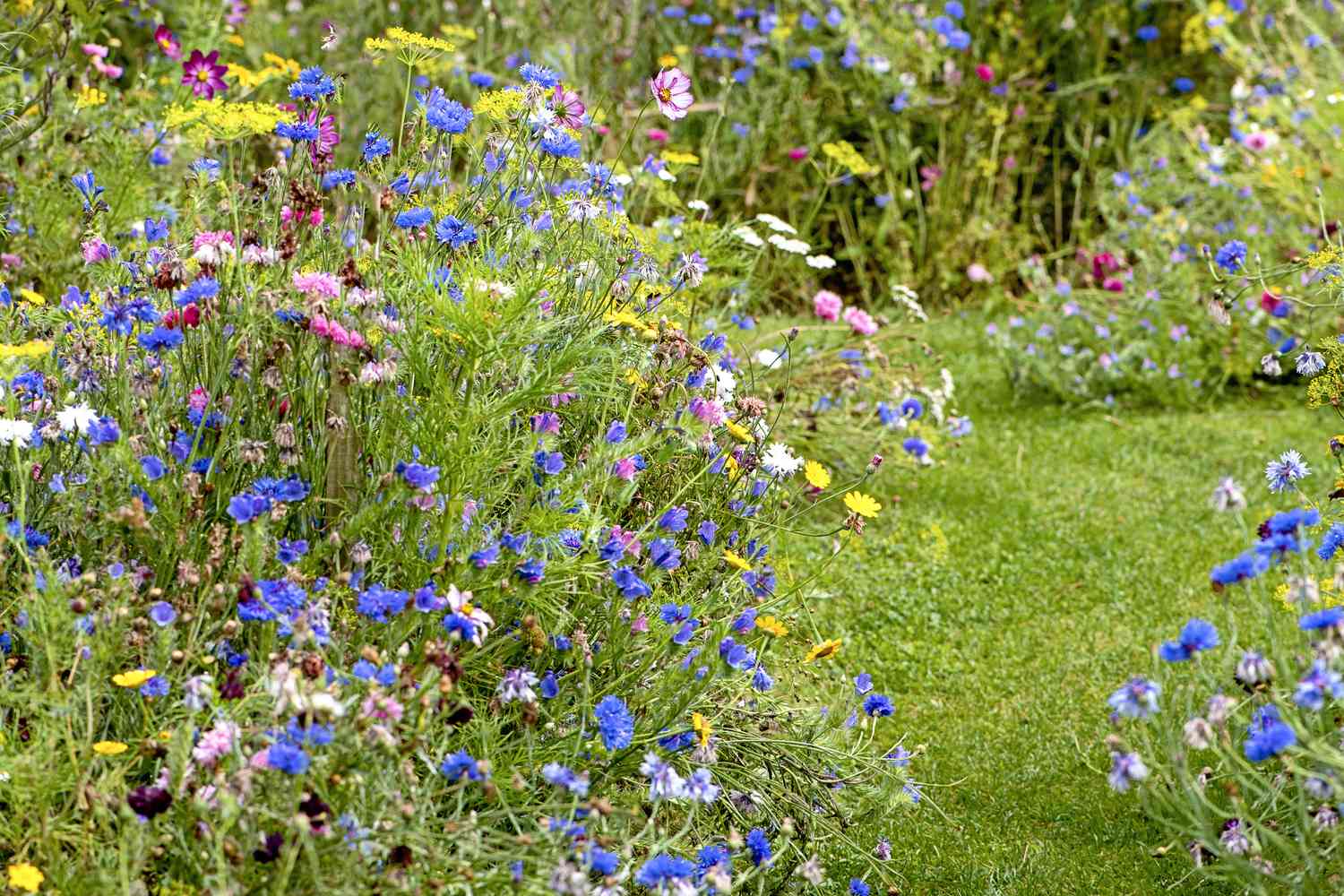
The Future of Chaos Gardening in Austin
As Austin continues to grow, so too will the demand for more sustainable, environmentally conscious gardening practices. Chaos gardening is more than just a trend; it’s a reflection of the city’s values—natural beauty, sustainability, and the desire to reduce human impact on the environment.
Whether you have a sprawling backyard or a small patio, embracing natural landscaping and starting a wildflower garden can help you be part of this exciting movement. By letting nature lead the way, you can create a landscape that’s not only beautiful but beneficial for both your home and the planet.
